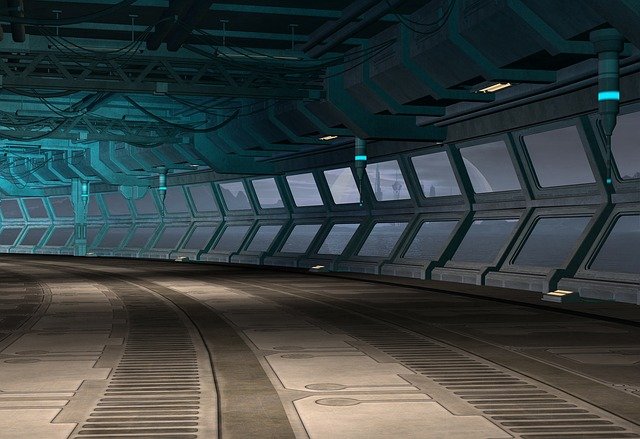After decades of heading NASA’s exploration of Saturn, Jupiter and their moons, the space physicist describes what we have learned and what future missions must now answer
Nabil Nezzar
SOME 750 million kilometres from here, a huge ball banded in orange and white hangs in the blackness of space: Jupiter. Travel about the same distance again and you hit the ringed planet Saturn. Of all the planets, these two gas giants dominate our solar system – and over the past two decades, they have also worked their way into our collective imaginations as spacecraft sent to explore them and their moons have returned their findings. We have seen a hexagonal storm dancing around Jupiter’s north pole, methane rain on one of Saturn’s moons, Titan, and discovered liquid water spewing from geysers on the surface of another of Saturn’s moons, Enceladus.
Many people have worked on these discoveries, but Scott Bolton at the Southwest Research Institute’s Space Science & Engineering Division in San Antonio, Texas, has been a central figure. After overseeing the Galileo mission to Jupiter between 1989 and 2003, he was the lead scientist on the Cassini mission that studied Saturn for 13 years until 2017 and is now at the helm of the Juno mission, which has been orbiting Jupiter since 2016. New Scientist spoke to him about his two decades of exploring the gas giants and what we still have to learn.
Joshua Howgego: You were a key scientist on the Cassini mission to Saturn and it turned out to be an iconic piece of space exploration. Take us back to the late 90s when it began.
Scott Bolton: Cassini was a follow on to Voyager [a mission preceding Galileo], which had gone by Jupiter and Saturn. There were two Voyager probes and they were both capable …

